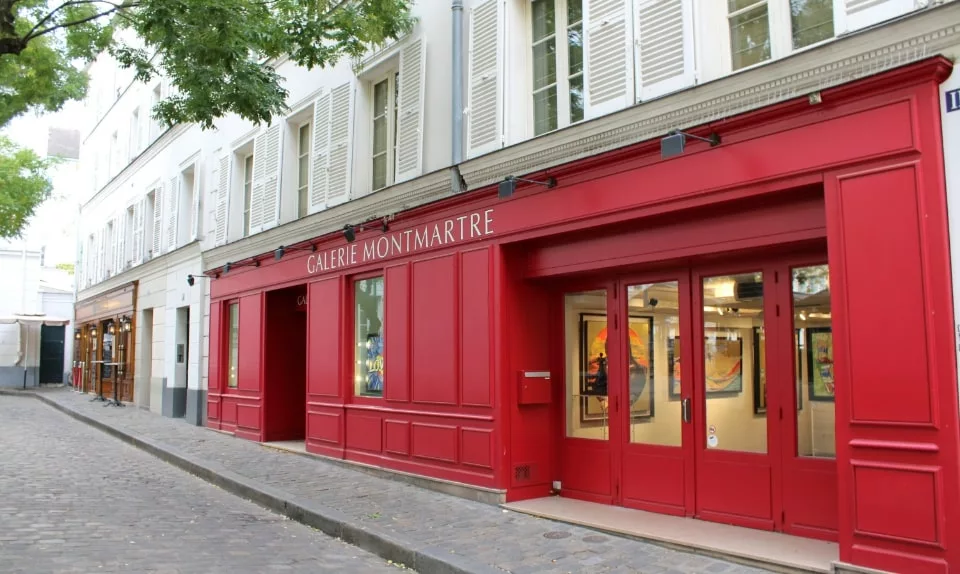Frottage
MEDICI Paolo
Paolo Medici was born in Rome in 1955. From a young age, he is taught by master Corrado Cagli, perfecting his painting studies from 1969 to 1976.
He chooses to focus his attention on experimenting with 'frottage', a technique he learns to use with great mastery and creativity, to the point of producing paintings whose visual effect can evoke the same intensity and clarity as a an oil painting.
He holds his first personal exhibition in 1975 at the Galleria la Bòheme in Rome.
Paolo Medici is known as a contemporary master of the frottage technique.
To his credit, many personal exhibitions in museums, public and private galleries.
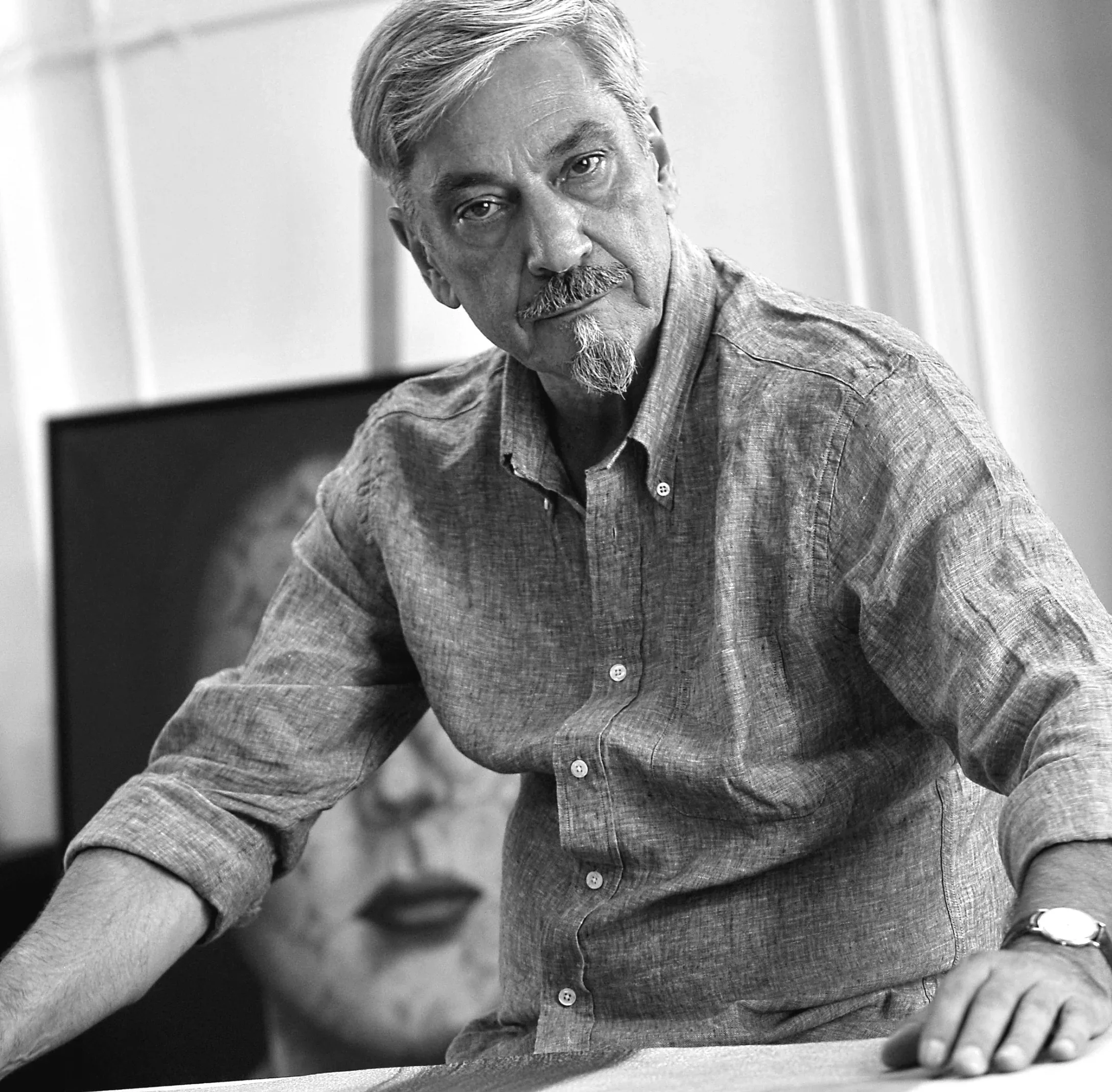
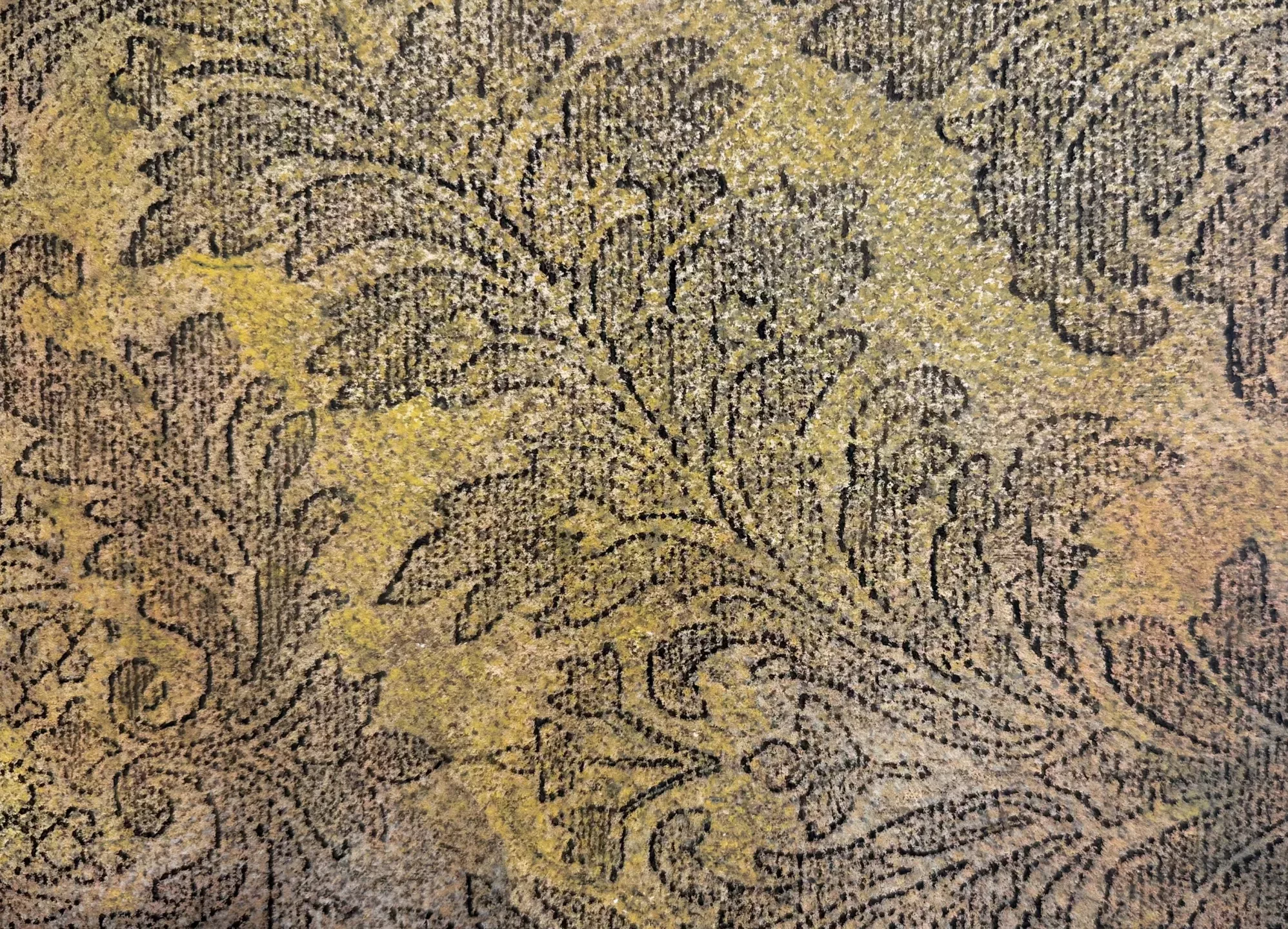
A life-long obsession
Frottage
Paolo Medici is known worldwide as the major figure in the discipline of frottage, an ancient technique where a sheet of paper is rubbed over a rough surface or a cliché.
Practiced from Ancient Greece to China, frottage was reintroduced in the 20th century by surrealist artist Max Ernst.
This technique, which allows painting without brushes, was transmitted to Paolo Medici by his master, Corrado Cagli, Roman painter and leading figure of post-war Italian art scene.
Paolo Medici adopts frottage as his exclusive painting technique. He claims never to have used brushes; his works are made only with oil and wax pastels, rubbed on sheets of thin paper.
Paolo is a portraitist of the soul as he feels it through the faces, the features of the faces, the flashes of the glances, the imperceptible signs that can be the folds of the lips and the small furrows traced by time; from the study of faces, Paolo feels the spirituality of the soul that shines through him.
Francesco Mazzotta
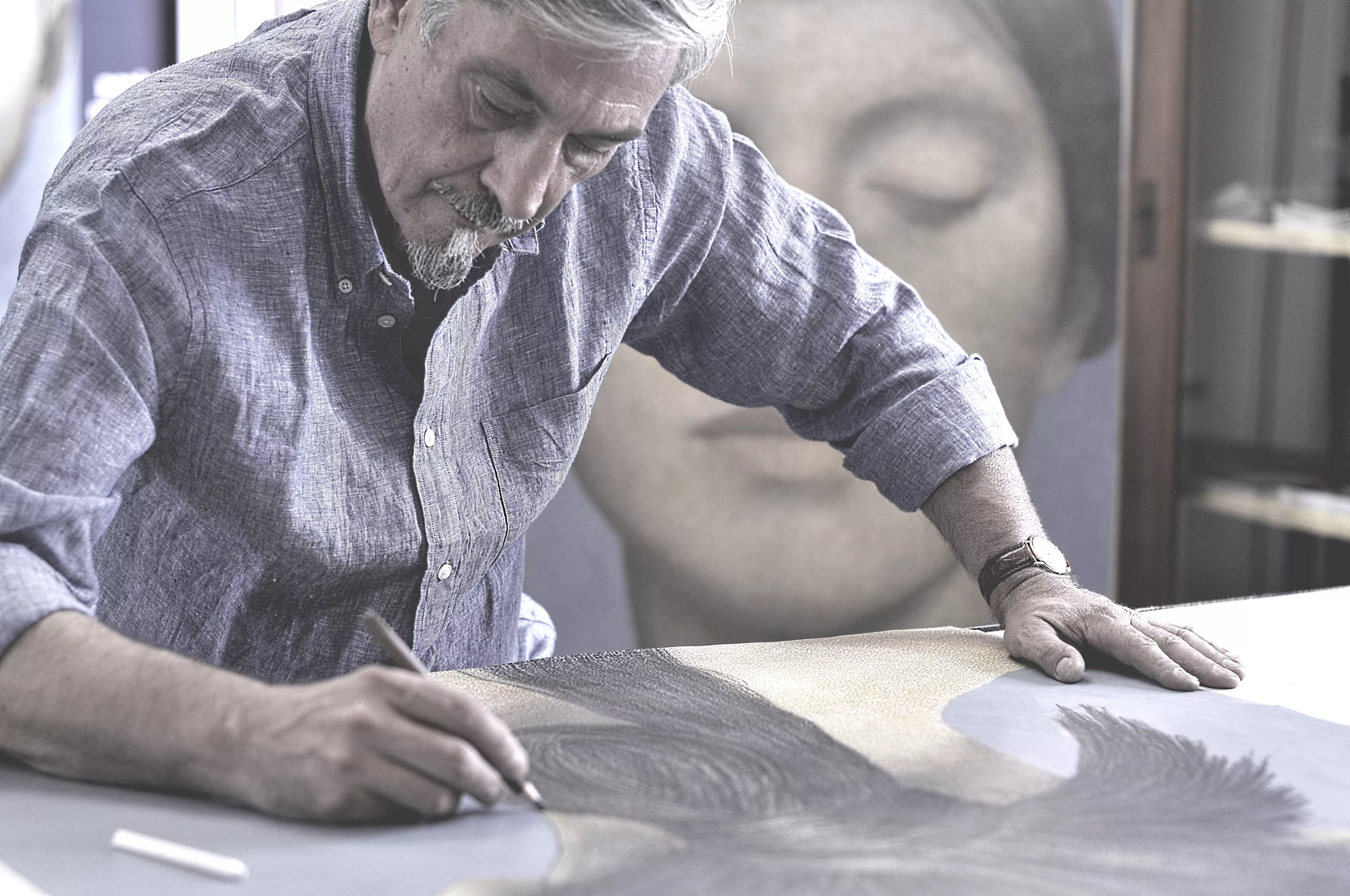
Perfecting his art
The student becomes the Master
Like Corrado Cagli, Paolo Medici used stationary clichés, keeping them fixed under the paper.
As he experiments, he discovers that rotating certain types of shots allowed him to mix colors, obtaining a more compact texture. This discovery gives him the opportunity to make better incarnations of the bodies.
Paolo Medici works much better on light and dark tones, obtaining a depth comparable to oil painting.
His innovations in the field have earned him recognition today as the master of frottage.
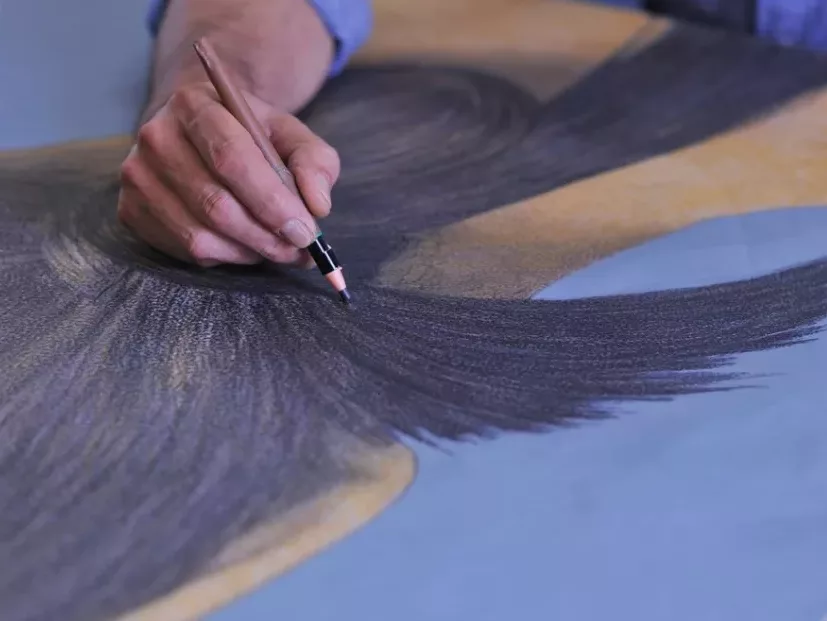
The realism of Paolo Medici
A portraitist of the soul
Paolo Medici considers himself an emotional realist. Emotion is what he wants to represent, realism is his way of doing things. He is inspired by what he sees around him, but his personal reflections are only the starting point for his research on man and his condition.
What Medici is aiming for is something much more hidden and difficult than a simple simulacrum of reality: it is rather the objectification of the 'Motus Animi', emotion, subjectivity, interpretation, the ambiguity of feeling , that is, all those components that complicate and undermine the "realistic" effect of painting.
The artist offers us a reality that is not ostensibly photographic, but rather a kind of poetic sur-reality, refined by the knowing wink of the staging, of the fiction, of the role play shared between author and spectator.
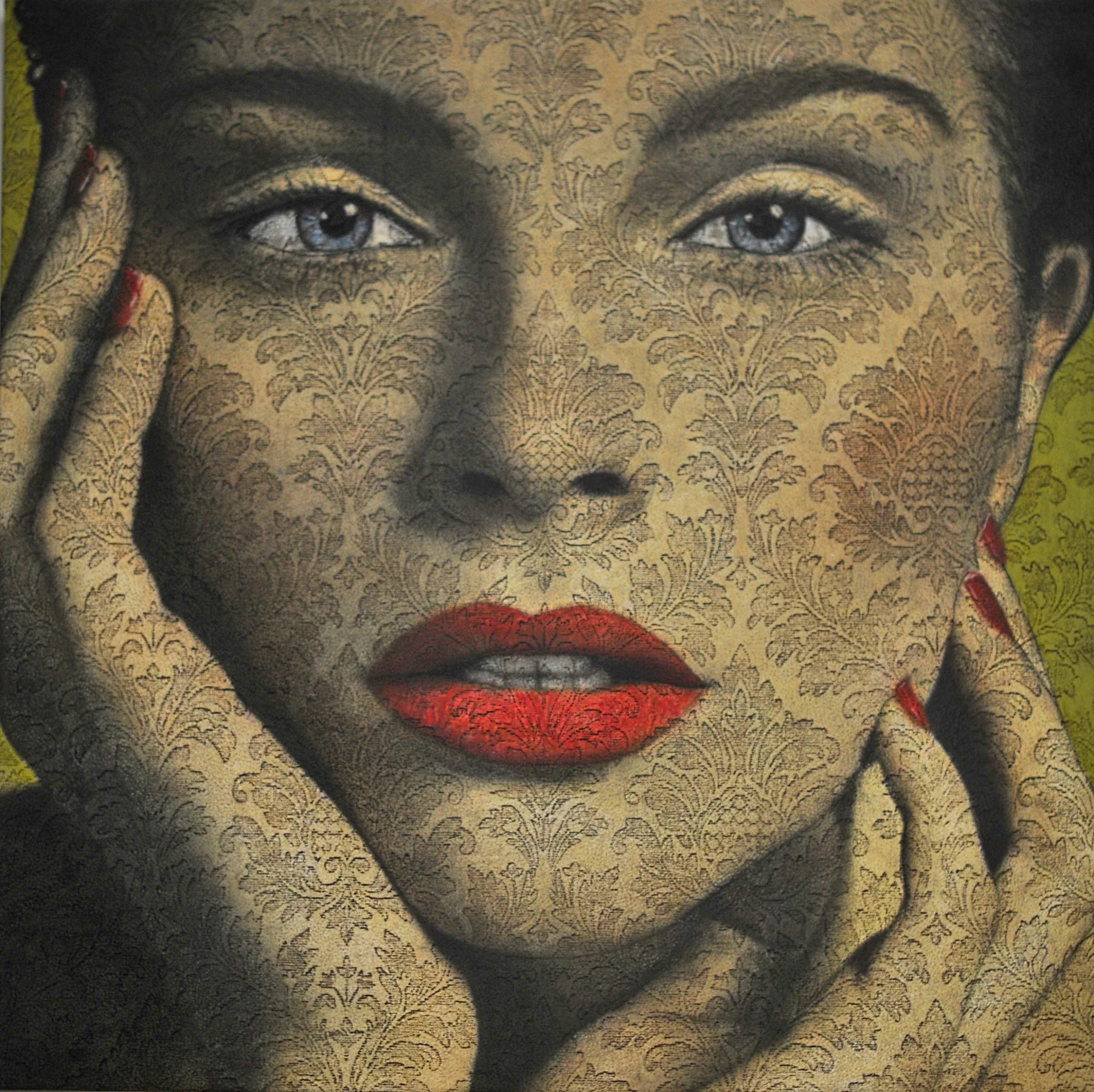
Perfecting the art of portrait
Metamorfosi
In his latest series of female portraits entitled 'Metamorfosi' or Metamorphoses, Paolo Medici uses a complex pictorial approach.
Using wax and oil pencils, he practices a "double frottage". He first looks at the texture of the skin, bringing out a slight grain under the model. A subtle addition that gives volume to the subject represented while evoking the texture of old tapestries. The artist then enriches his compositions by incorporating large arabesques with hypnotizing power.
This pictorial density reflects the diversity of the collective imaginations invoked by Paolo Medici. The 'Metamorfosi' series draws on the themes of Antiquity, where history and myth sometimes intertwine inseparably.
The portraits of Paolo Medici evolve in this space-time which treats the fantastic as a certain and determined presence.
Selection of artworks
Discover our unique pieces by Paolo Medici
See the entire collection